Autism Center Grab and Go Resource Gallery of Interventions
Voice Volume Meter Scales
Discover Voice Volume Meter Scales to help individuals who experience challenges with modulating their voice volume levels. Some individuals on the autism spectrum may have difficulties understanding the importance of appropriate voice volume in different settings. They may speak too loudly and not know how to adequately adjust their voice volume in these different settings. Using a visual scale to represent voice levels in specific situations can be very helpful for many individuals with ASD. These visual scales can be used in the classroom, home, or community settings. Voice volume meters can vary in size from an index card, a half sheet of paper, or displayed poster size. They can be displayed in a stationary location or made portable. Using Voice Volume Meter Scales can help individuals monitor their own voice in a fun and engaging way.
Examples
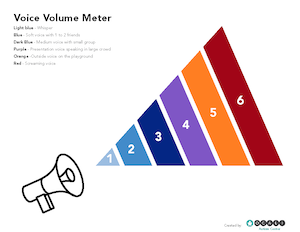
Voice Volume Meter Scales
- Voice Volume Meter Scale - 3 Panel Blank Template
- Voice Volume Meter Scale - 3 Panel Animal Example
- Voice Volume Meter Scale - 3 Panel School Environment Examples
- Voice Volume Meter Scale - 6 Panel Blank Template
- Voice Volume Meter Scale - 6 Panel Example
- Voice Volume Meter Scale - Megaphone - 6 Panel Blank Template
- Voice Volume Meter Scale - Megaphone - 6 Panel Example
Book Suggestions
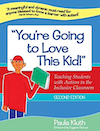
You're Going to Love this Kid! Teaching Students with Autism in the Inclusive Classroom
Kluth, Paula
Brought to life with powerful first-hand stories and creative strategies that really work, "You're Going to Love this Kid' is your practical guide to understanding students with autism and including them fully in the classroom. Paula Kluth combines relevant research with lessons learned from her own teaching experience to give teachers in primary and secondary schools specific ideas.
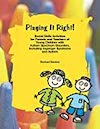
Playing it Right! Social Skills Activities for Parents and Teachers of Young Children with Autism Spectrum Disorders, Including Asperger Syndrome and Autism
Bareket, Rachael
This book is a series of activities designed to help children on the autism spectrum develop basic social skills by focusing on elements of social interaction in a variety of settings. This book is intended for use by parents, teachers, and others working with young children of varying ages. The appendix includes materials such as reward cards, schedules, choice boards, and worksheet templates.
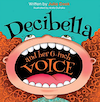
Decibella and her 6 inch voice
Cook, Julia
Spunky, spirited Isabella is always shouting out her every thought, idea, and feeling.
She loves using her loud voice so much, everyone calls her "Decibella!" But that's not a nickname to brag about. Isabella's so loud, she interrupts class and irritates others. She doesn't know how or when to use a softer, quieter voice until her teacher introduces the "five volume" of voice - 6-inch, Whisper, Table-Talk, Strong Speaker, and Outside. Learning how and when to use each voice is made a lot more fun when Isabella is told to practice by saying aloud the word "Slurpadoodle!"
Award-winning author Julia Cook's creative storytelling, coupled with eye-pleasing illustrations, help K through 6 readers learn and remember what voice volume to use when speaking in class, chatting in the library, sitting at the lunch table, or playing outside.
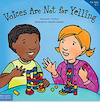
Voices are Not for Yelling
Verdick, Elizabeth
As parents and teachers know, yelling comes naturally to children. This friendly, encouraging book, geared to preschool and primary children, introduces and reinforces where and when to use an "indoor voice' or an "outdoor voice.' In classic Best Behavior style the author tells young readers, "Your voice is a powerful tool. How you use it is up to you.' Vivid illustrations show the times and places for an indoor voice, the ways people ask us to quiet our voices, and times when yelling might occur. "What happens if you're mad or frustrated or really, really excited? Your voice gets louder and LOUDER.' But yelling hurts people's ears and feelings. Children learn that they can quiet their voice and use their words to talk about a problem. "Think before you yell, and use your words well!' Includes a special section for parents and caregivers with activities and discussion starters.
The Best Behavior series uses simple words and delightful full-color illustrations to guide children to choose peaceful, positive behaviors. Select titles are available in two versions: a durable board book for ages baby - preschool, and a longer, more in-depth paperback for ages 4 - 7. Kids, parents, and teachers love these award-winning books. All include helpful tips and ideas for parents and caregivers.